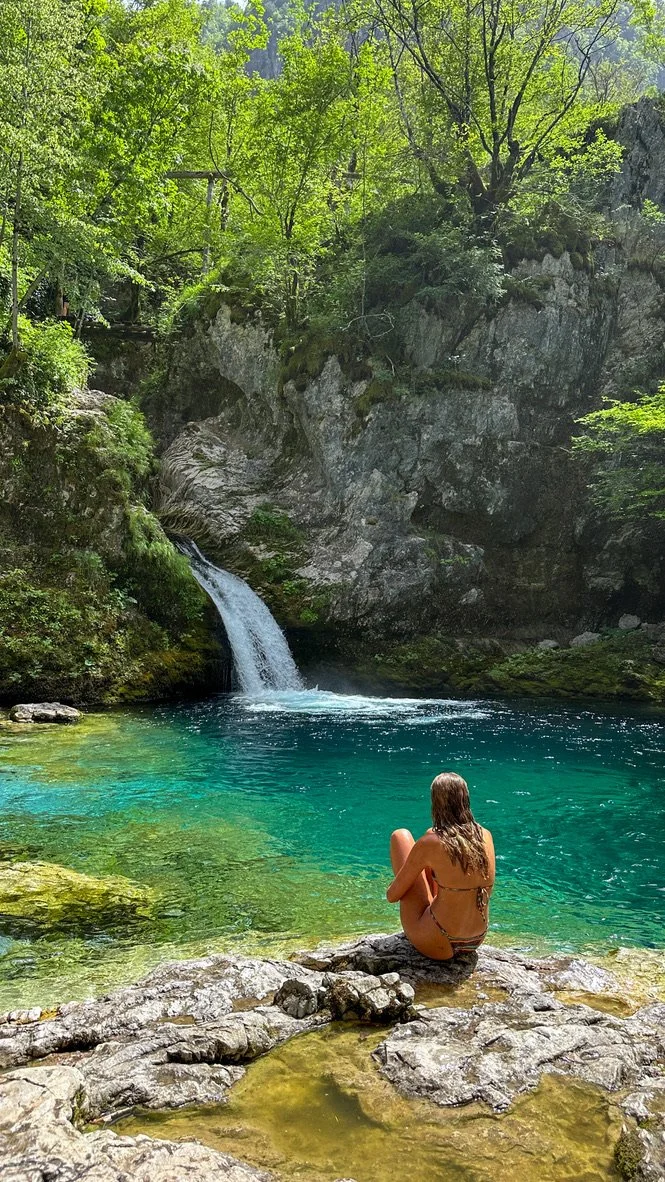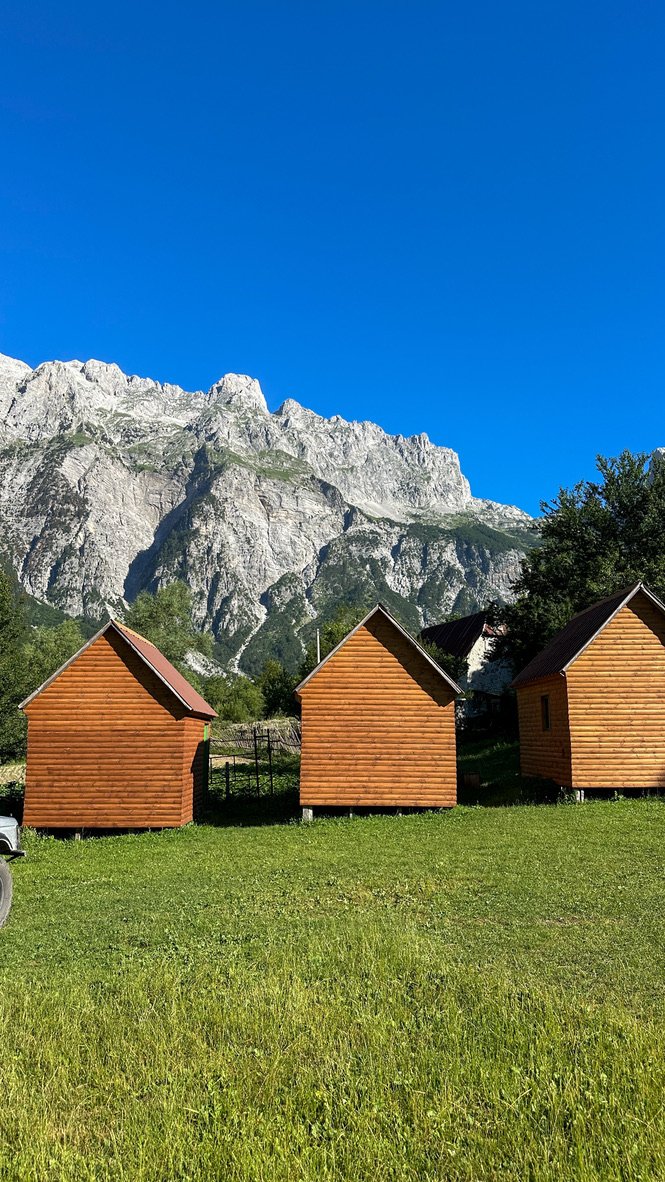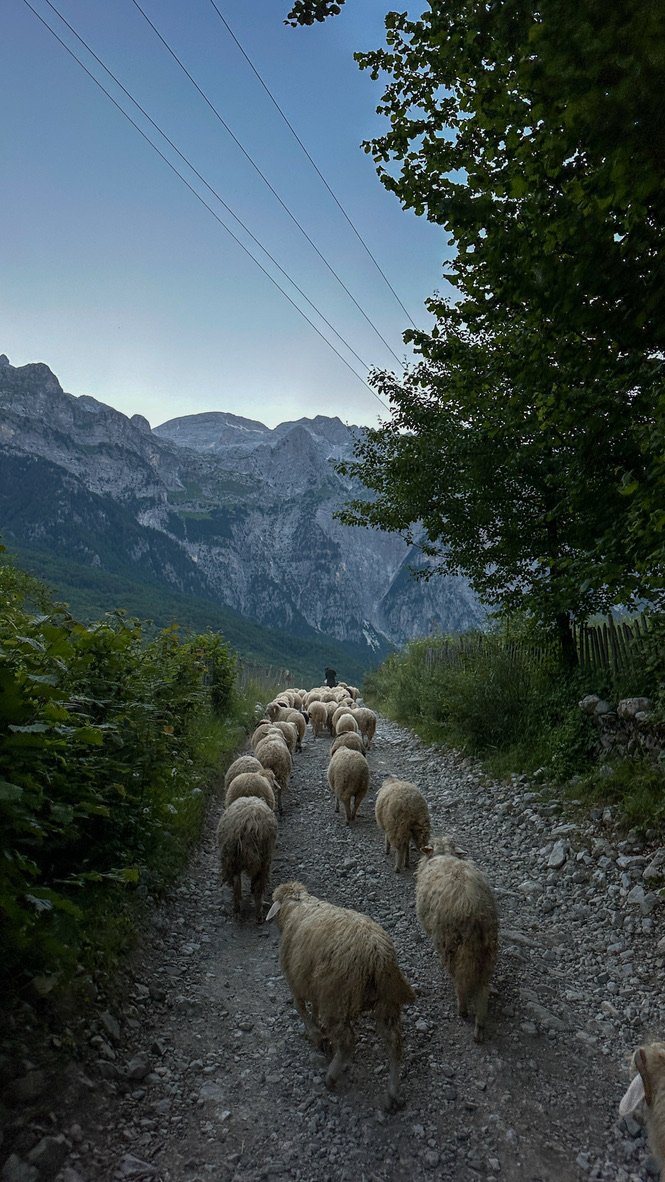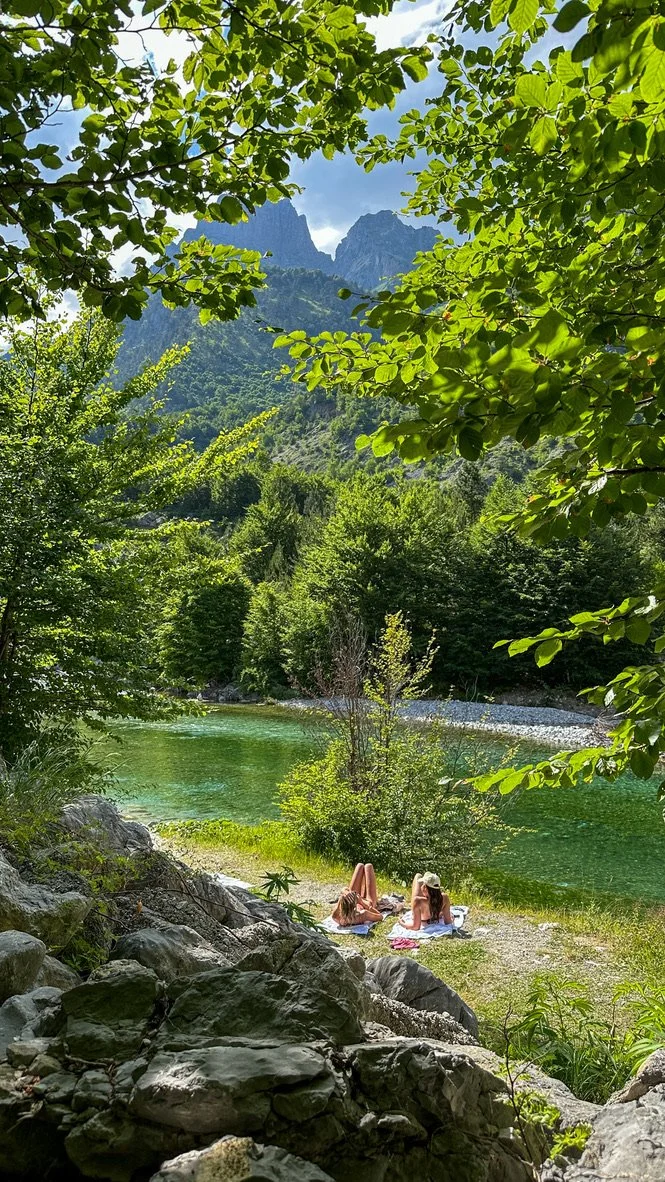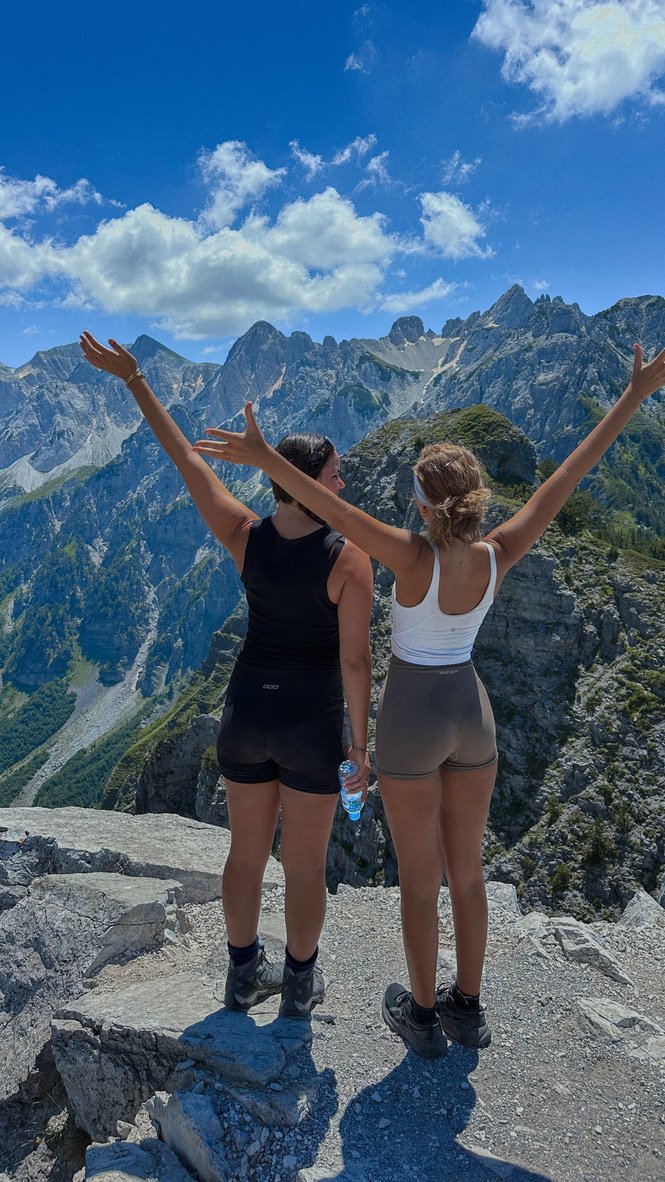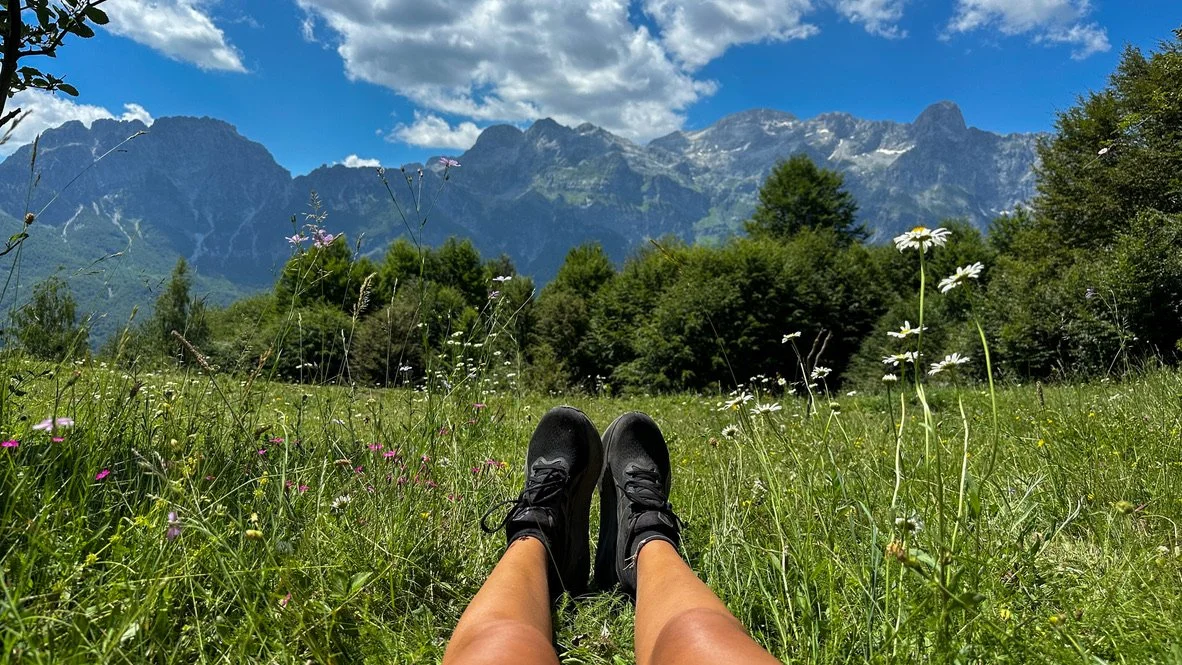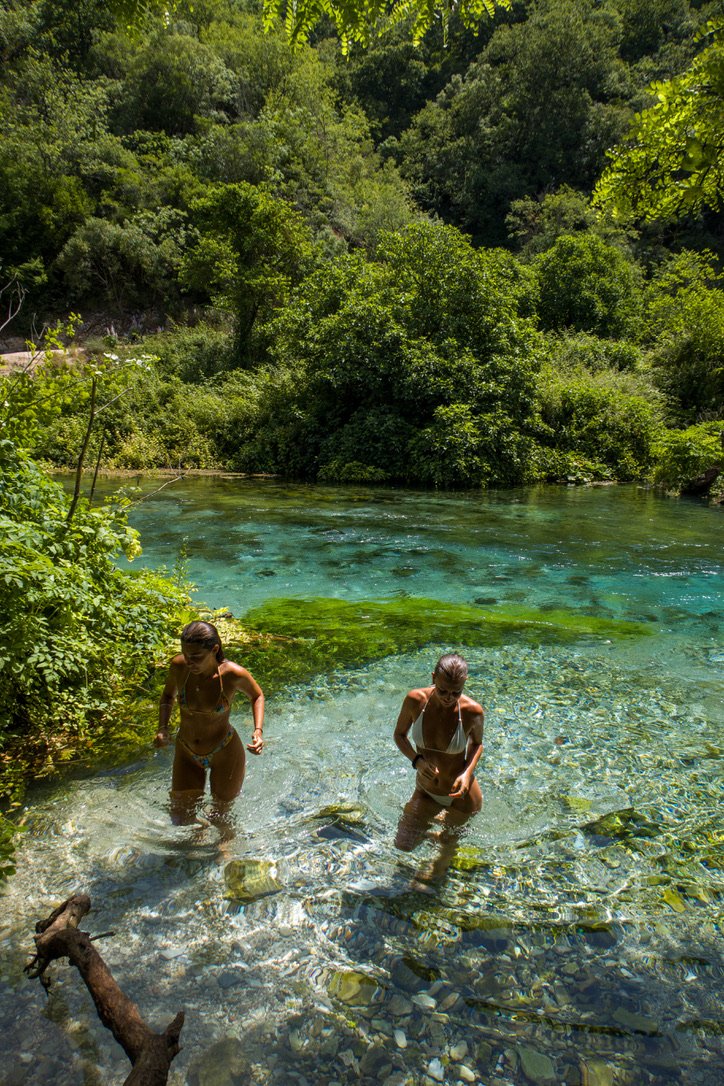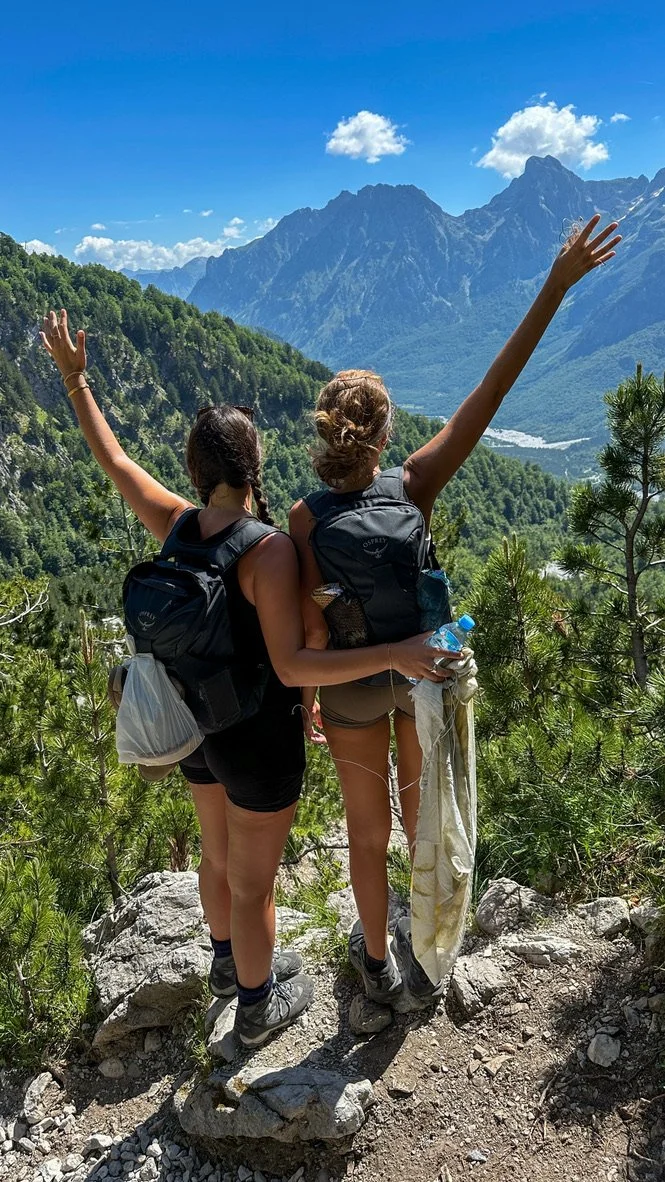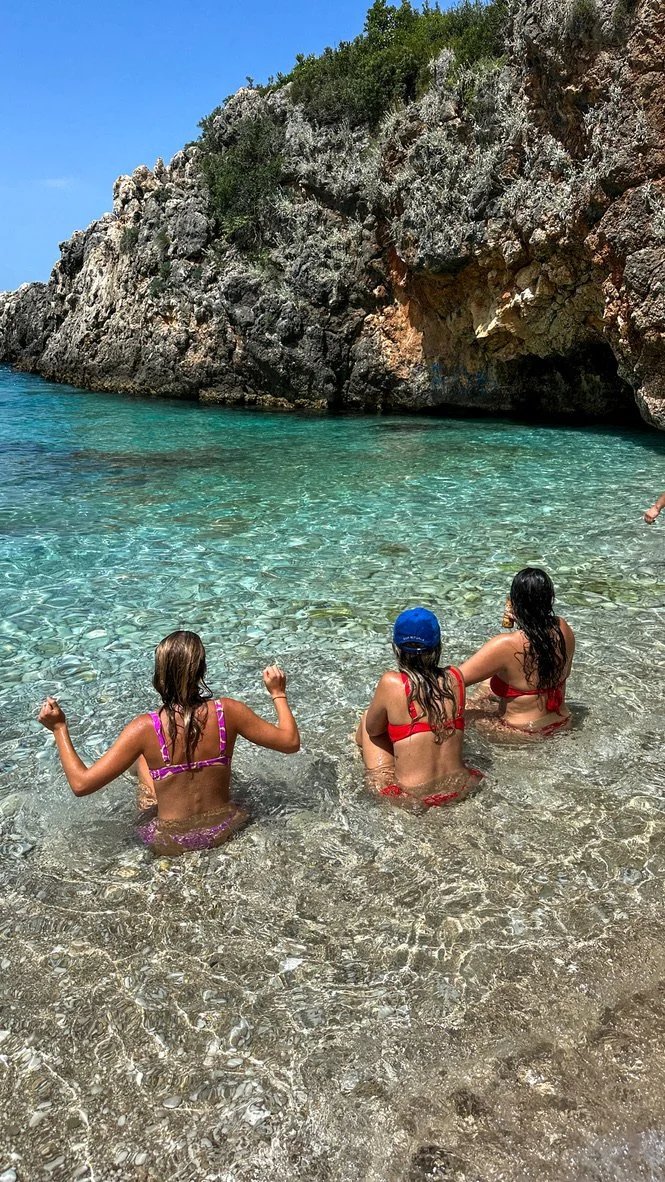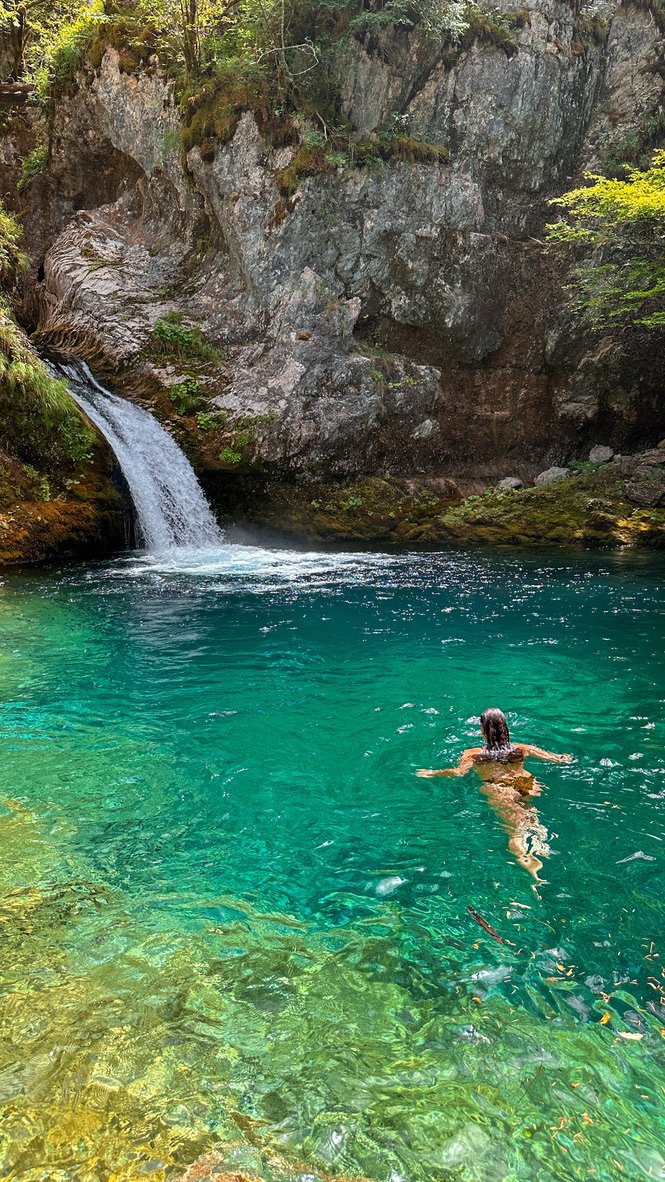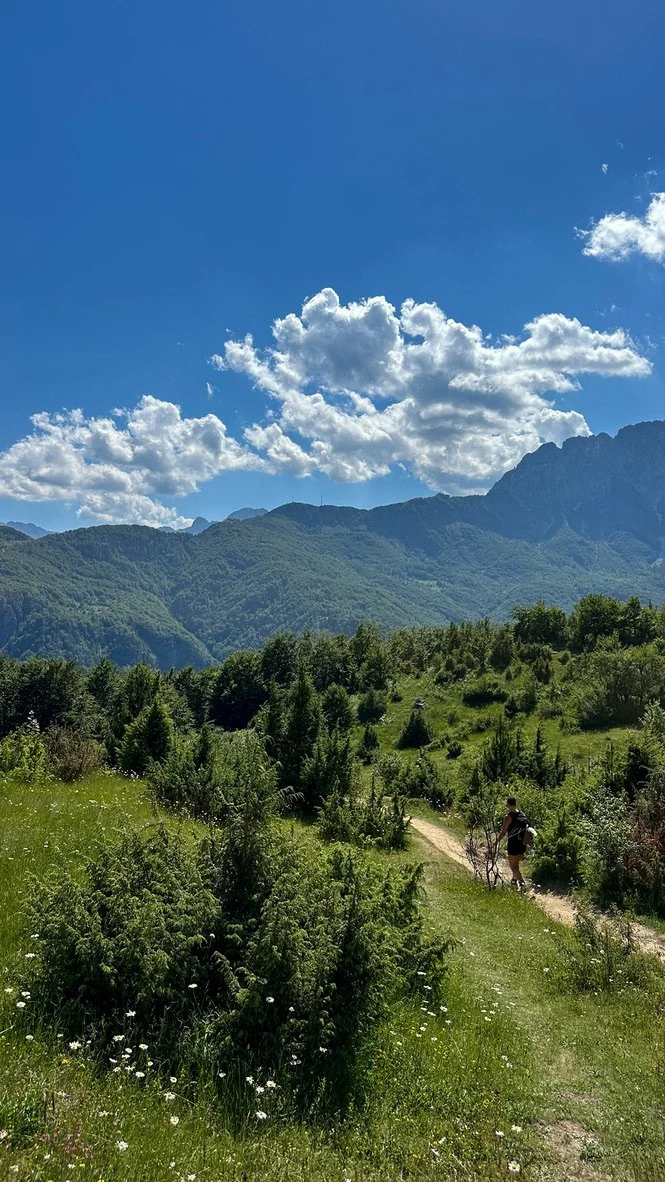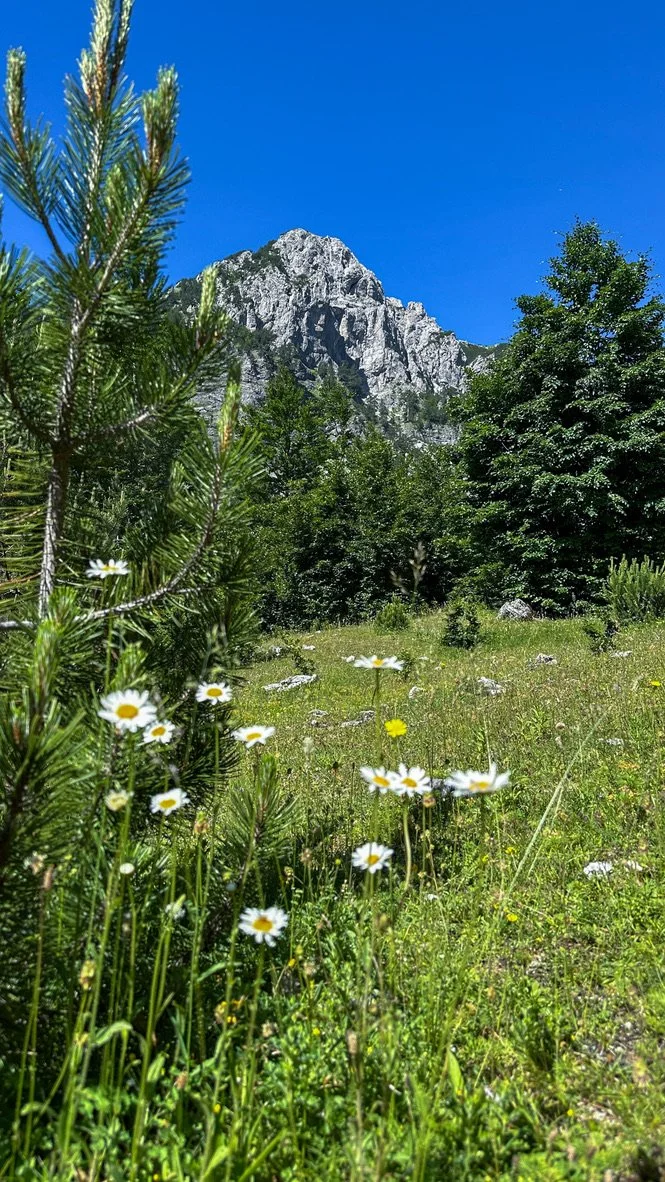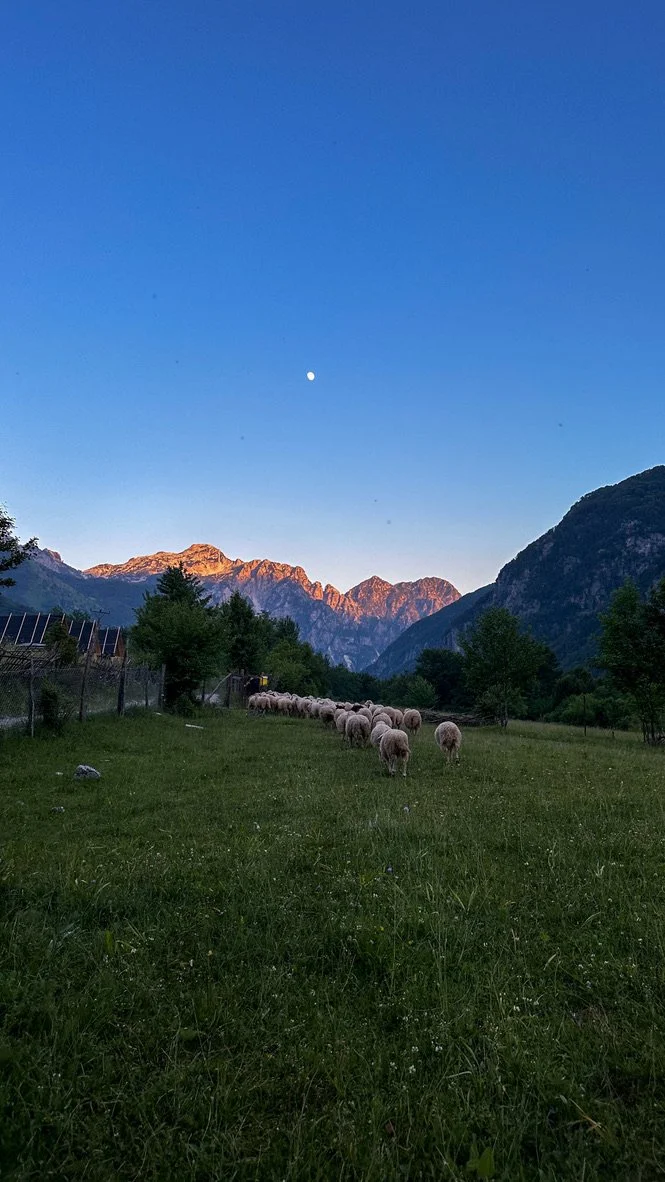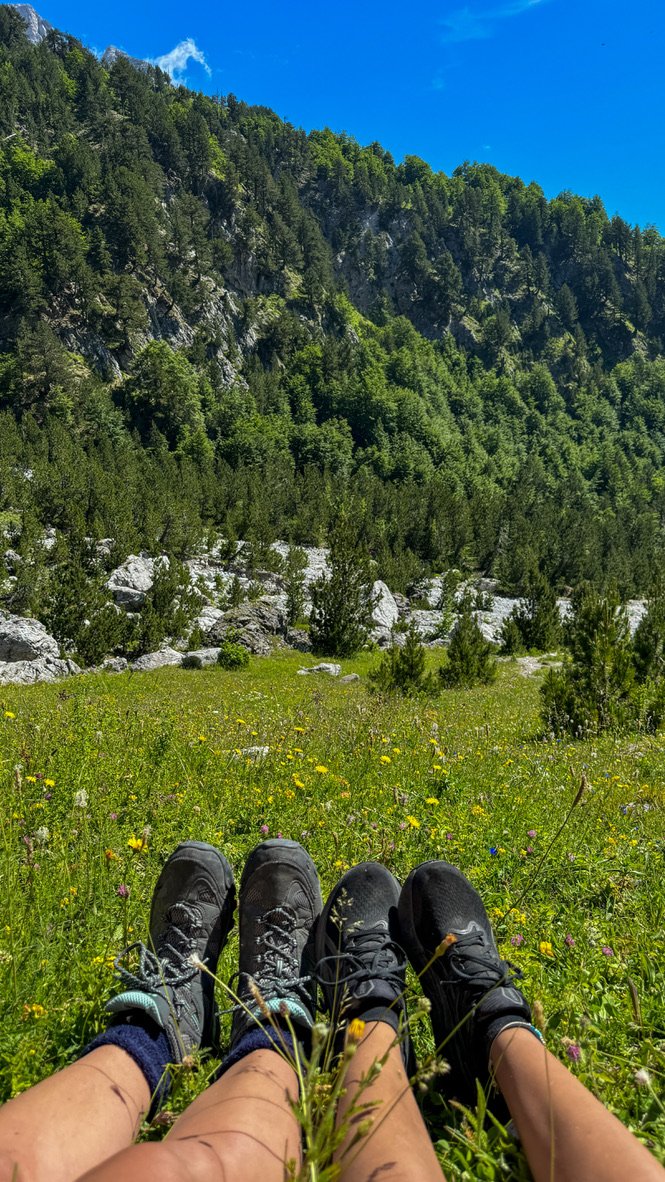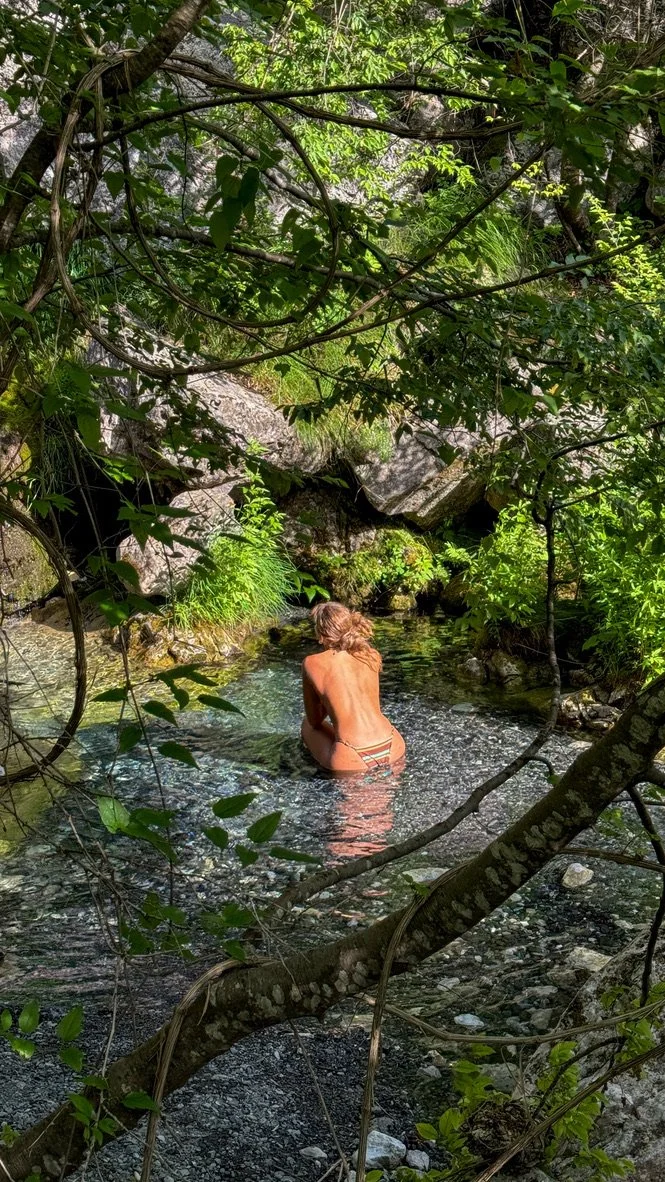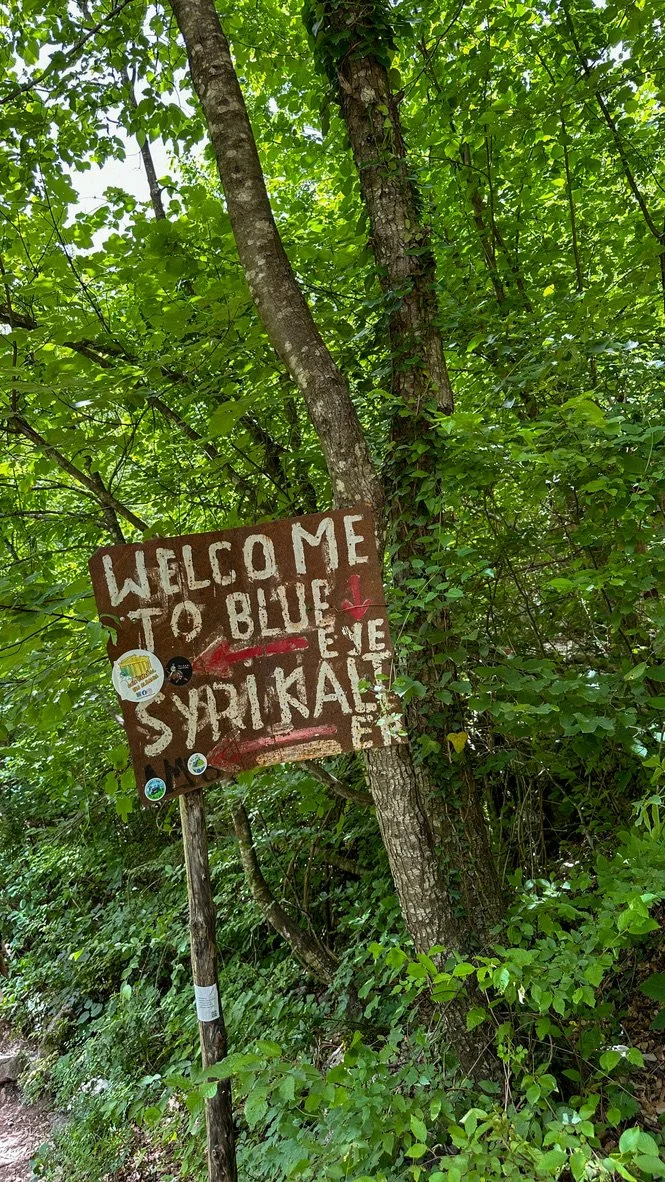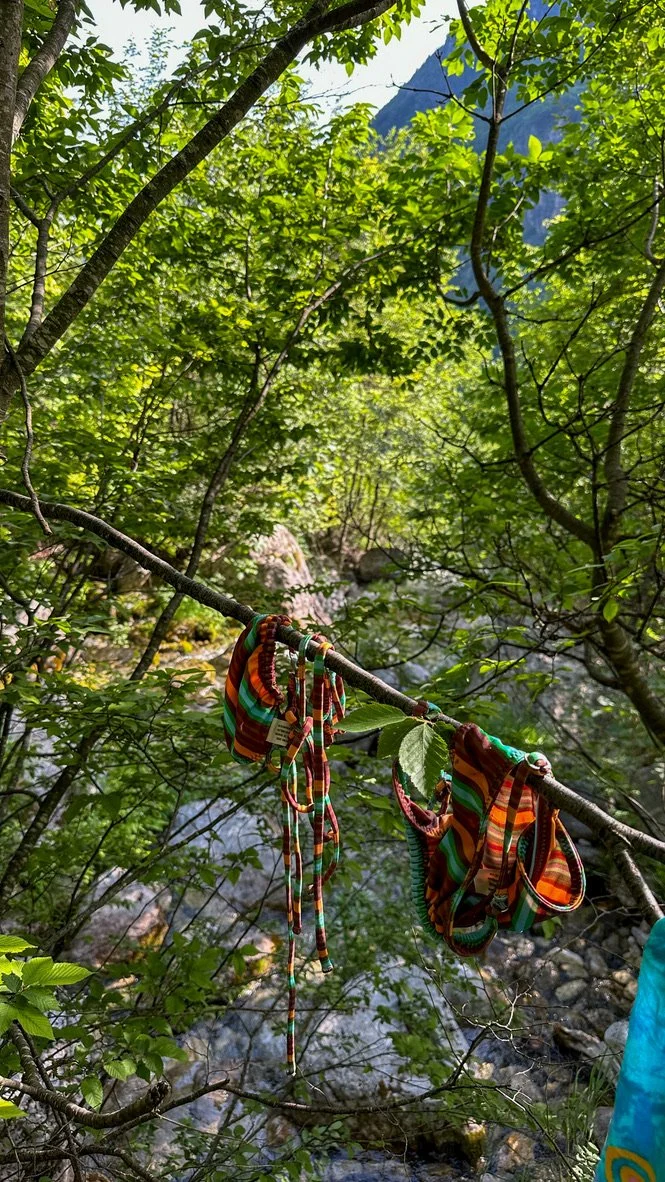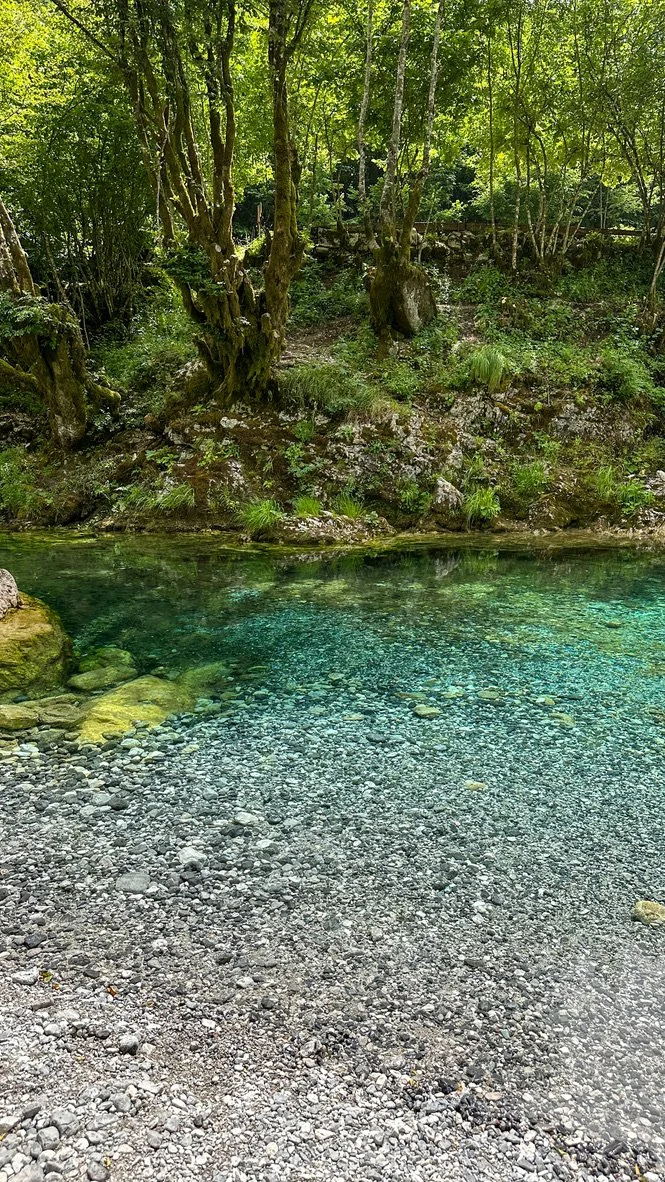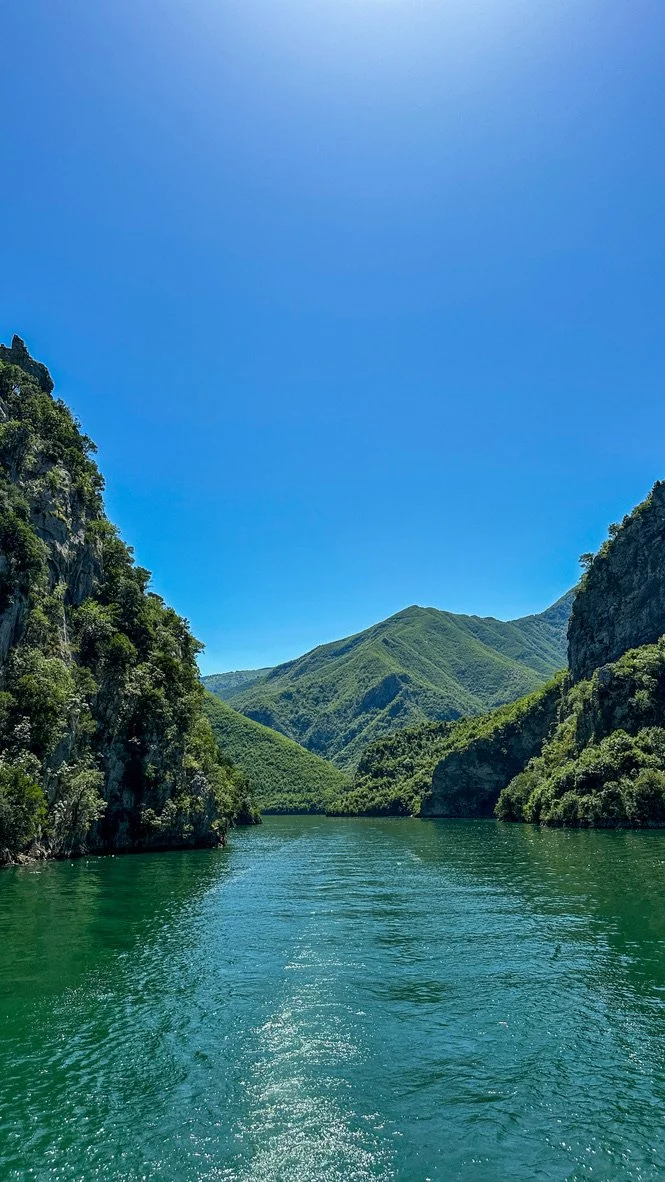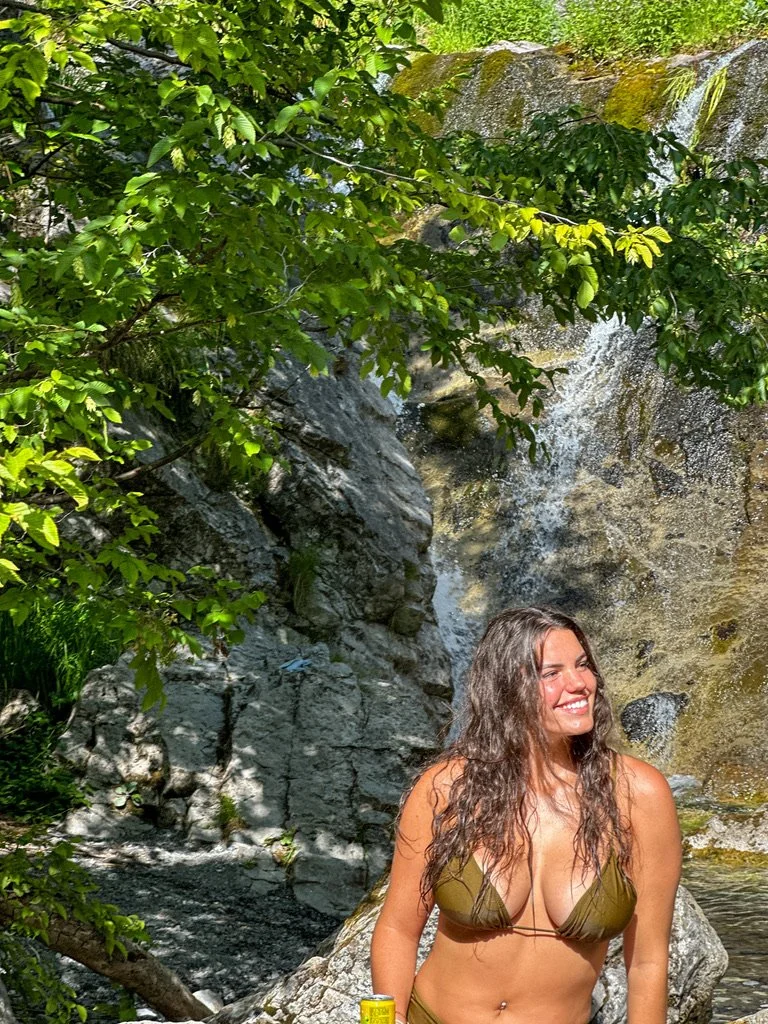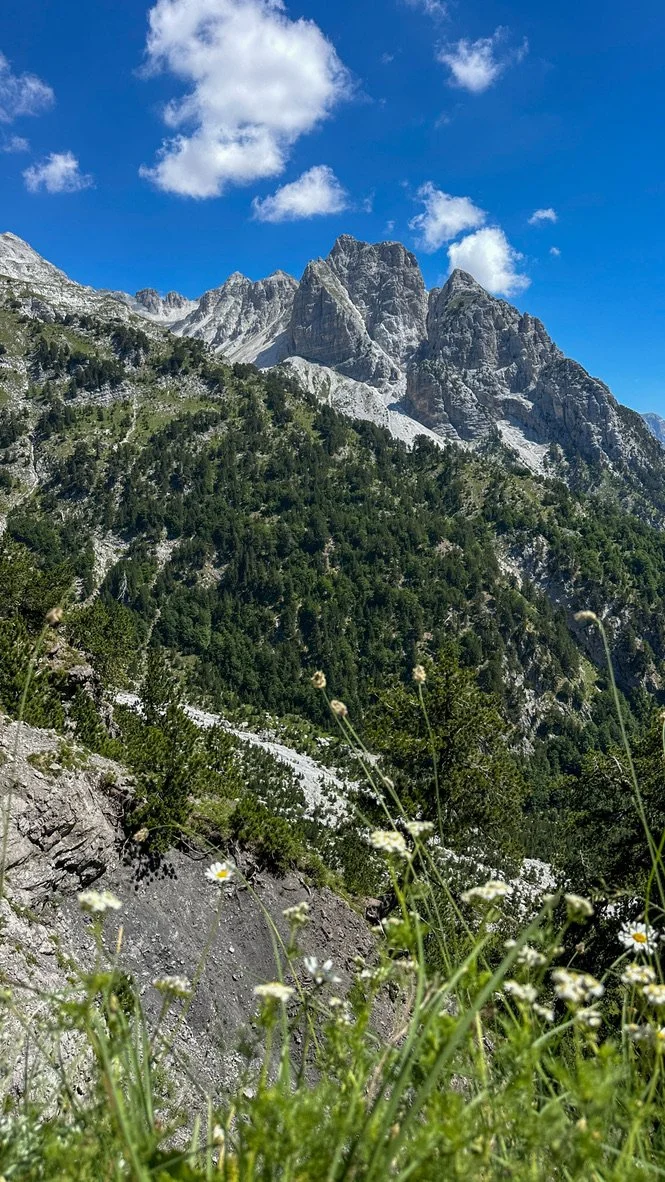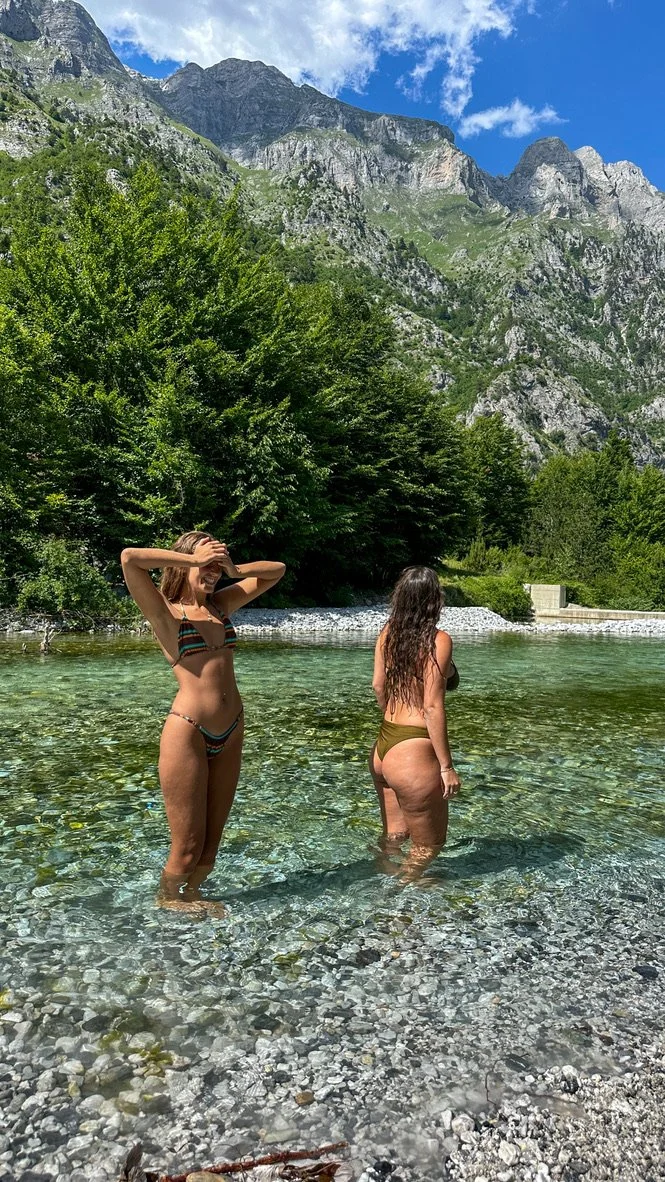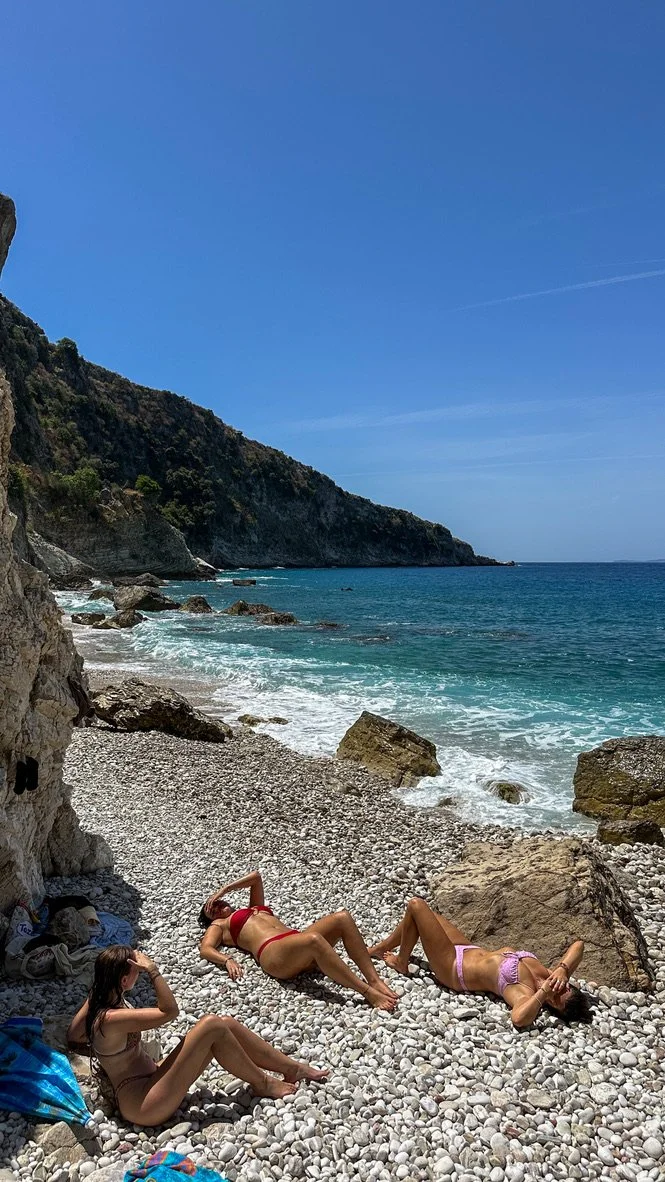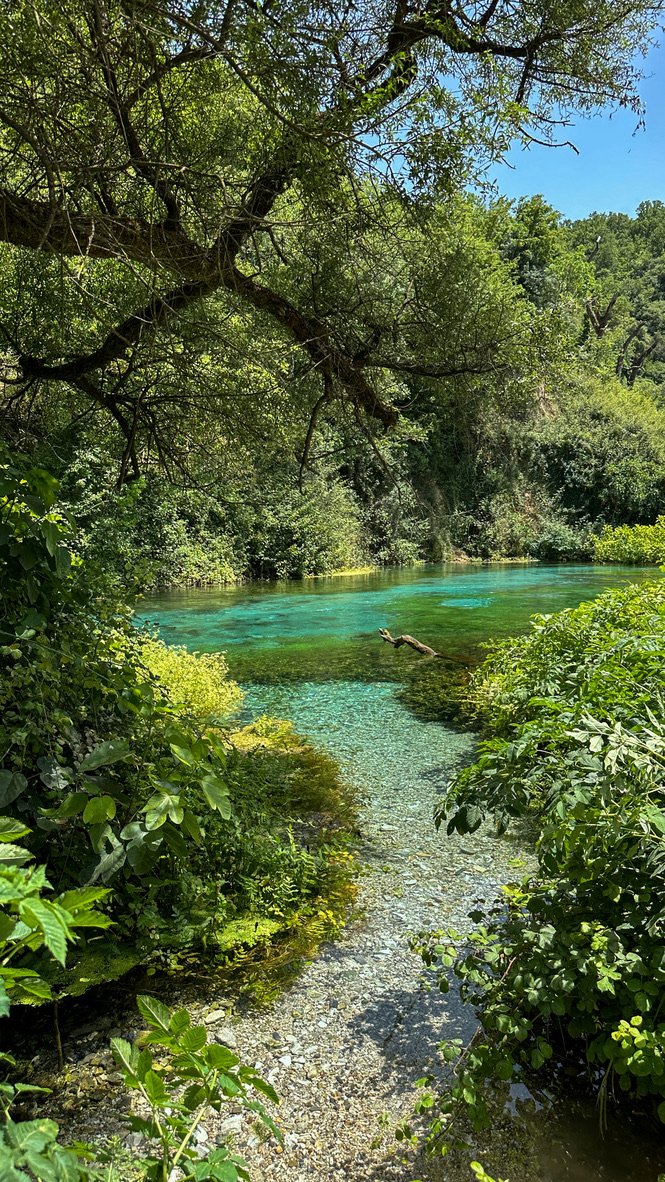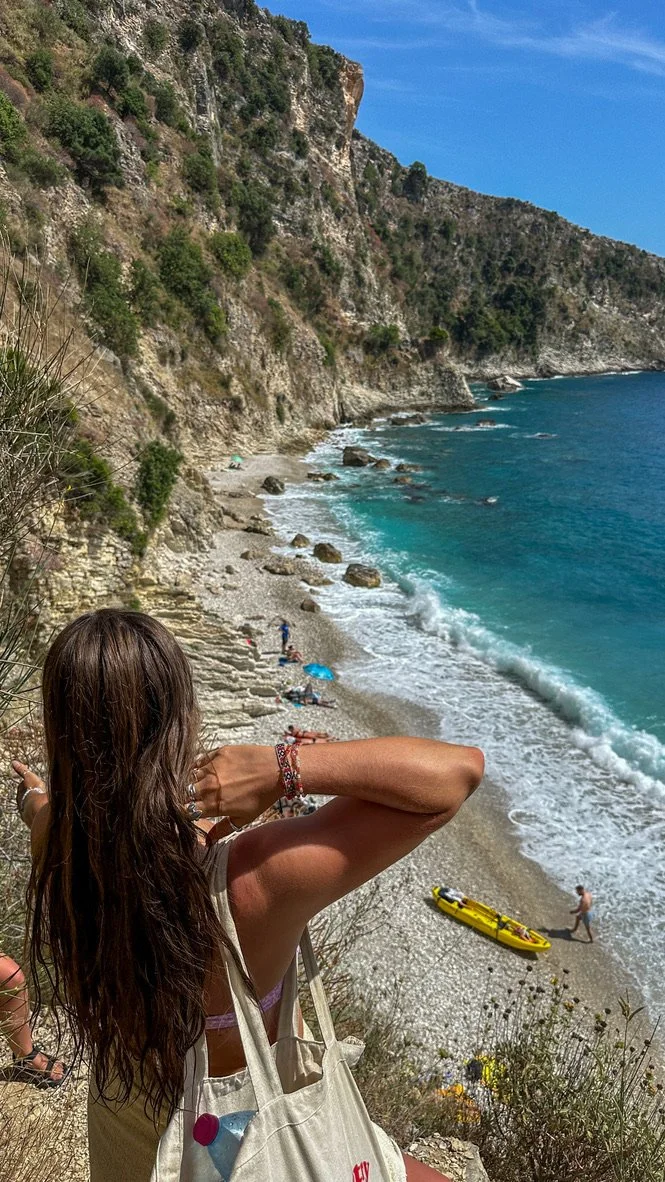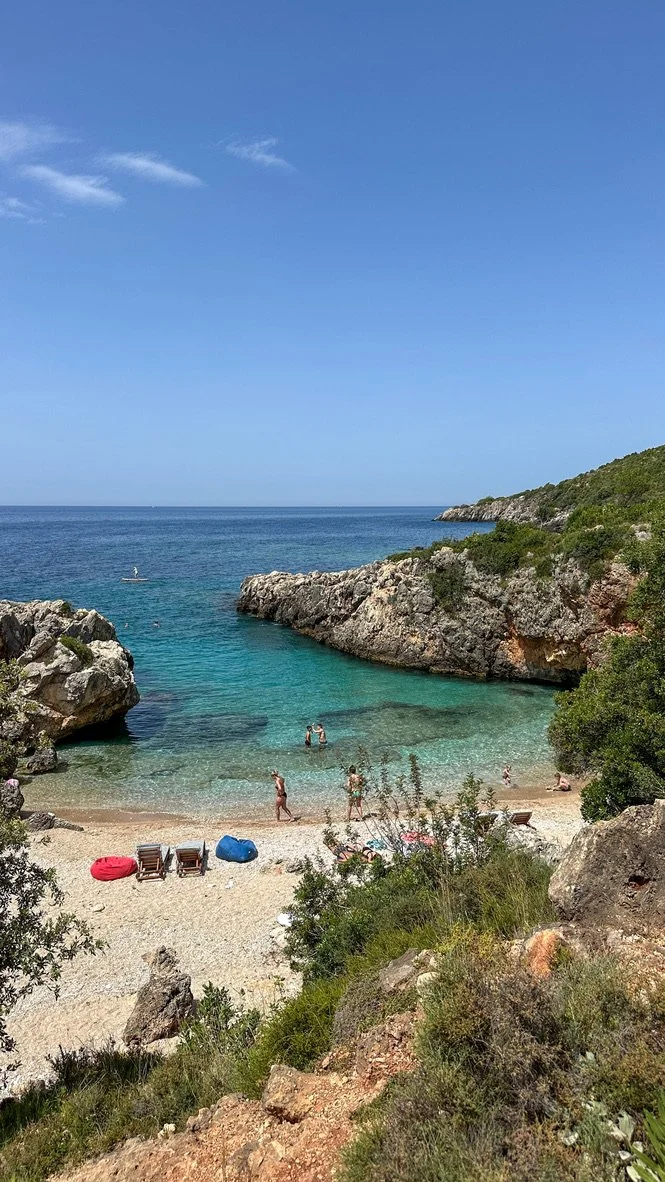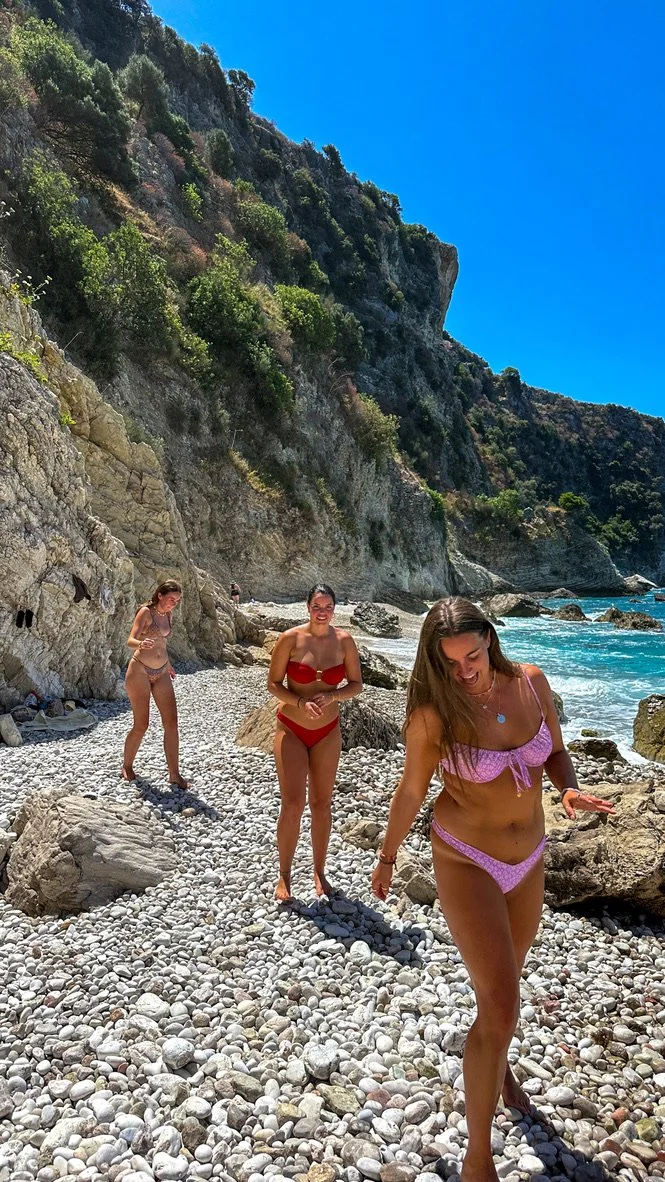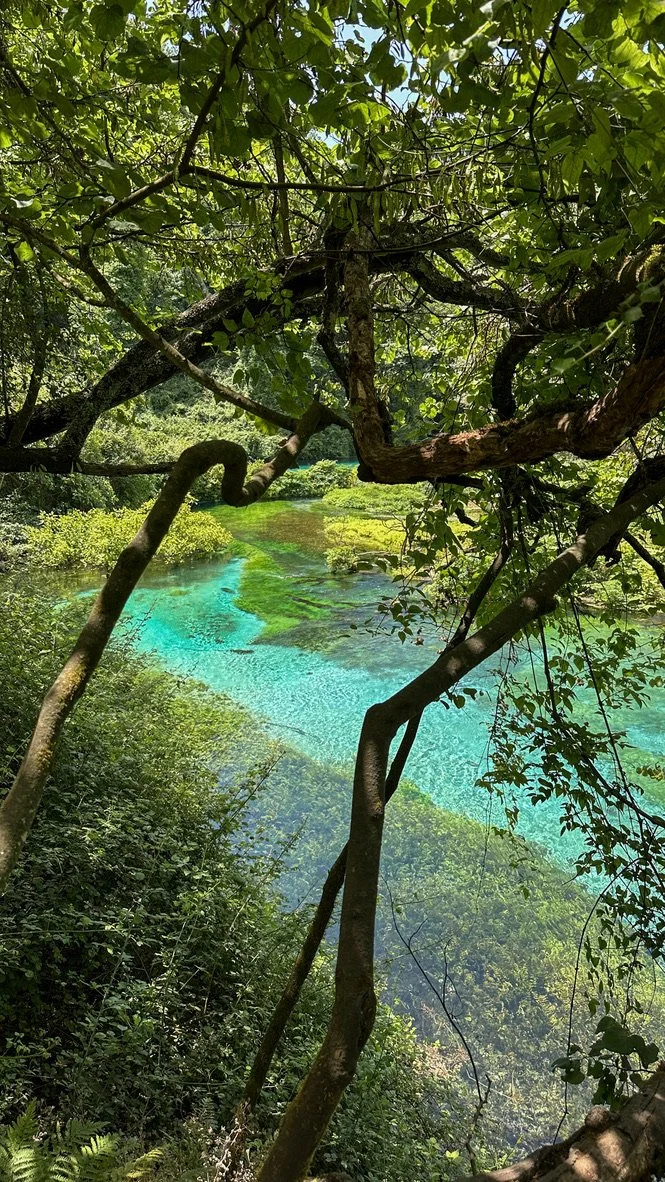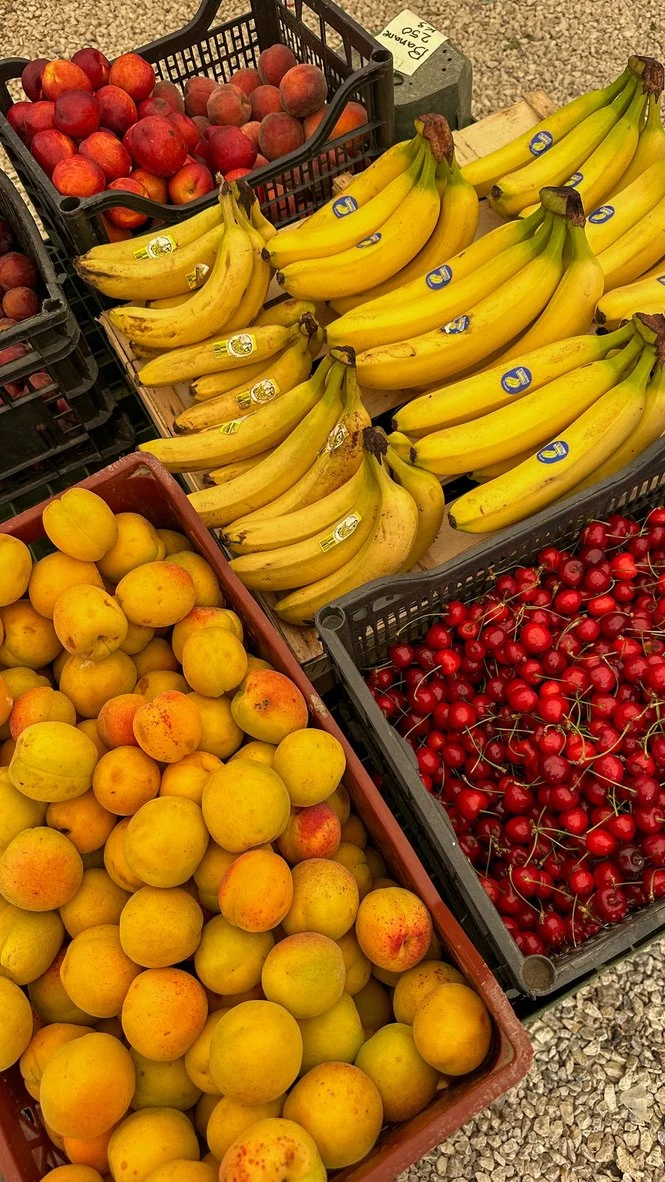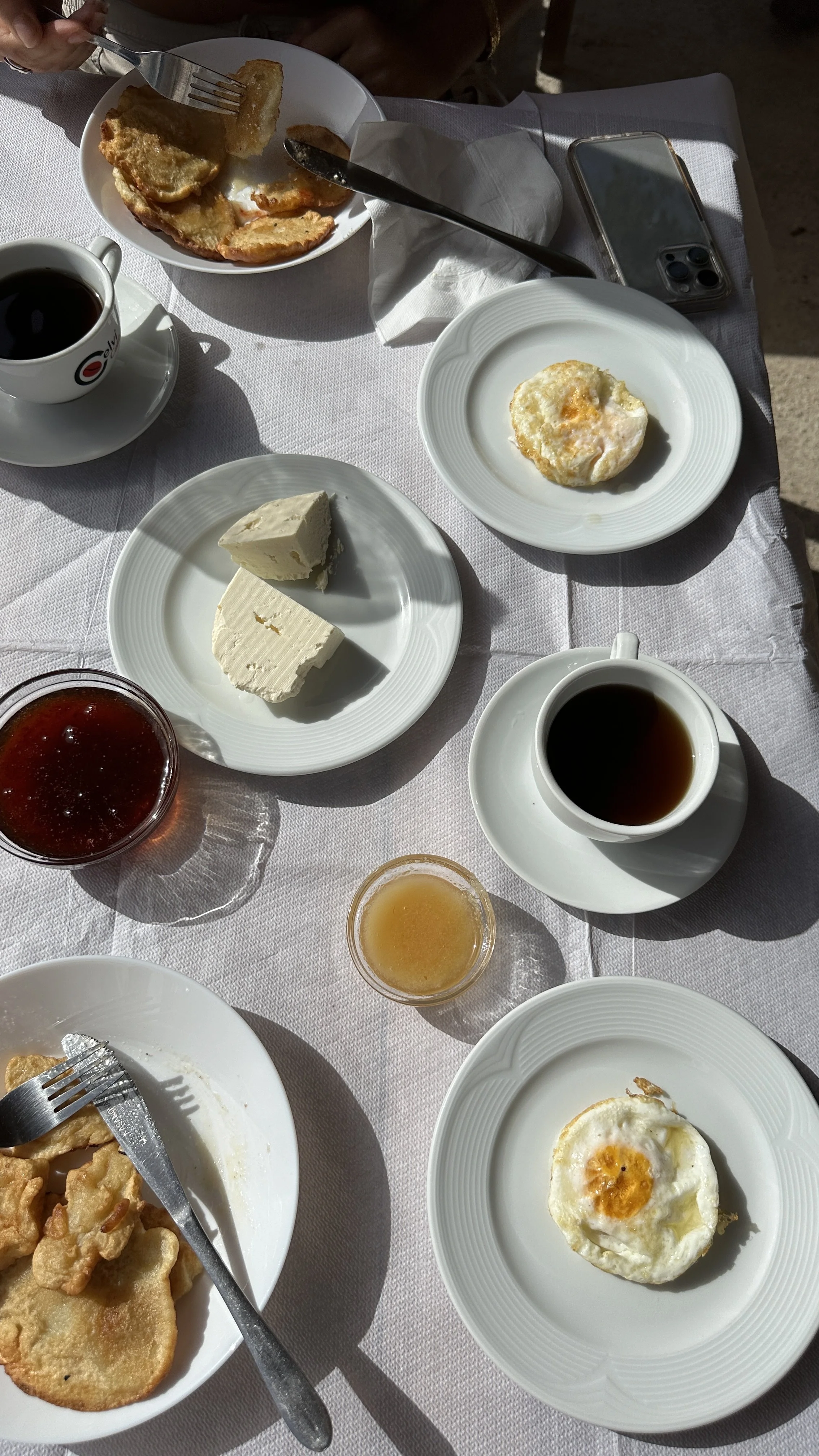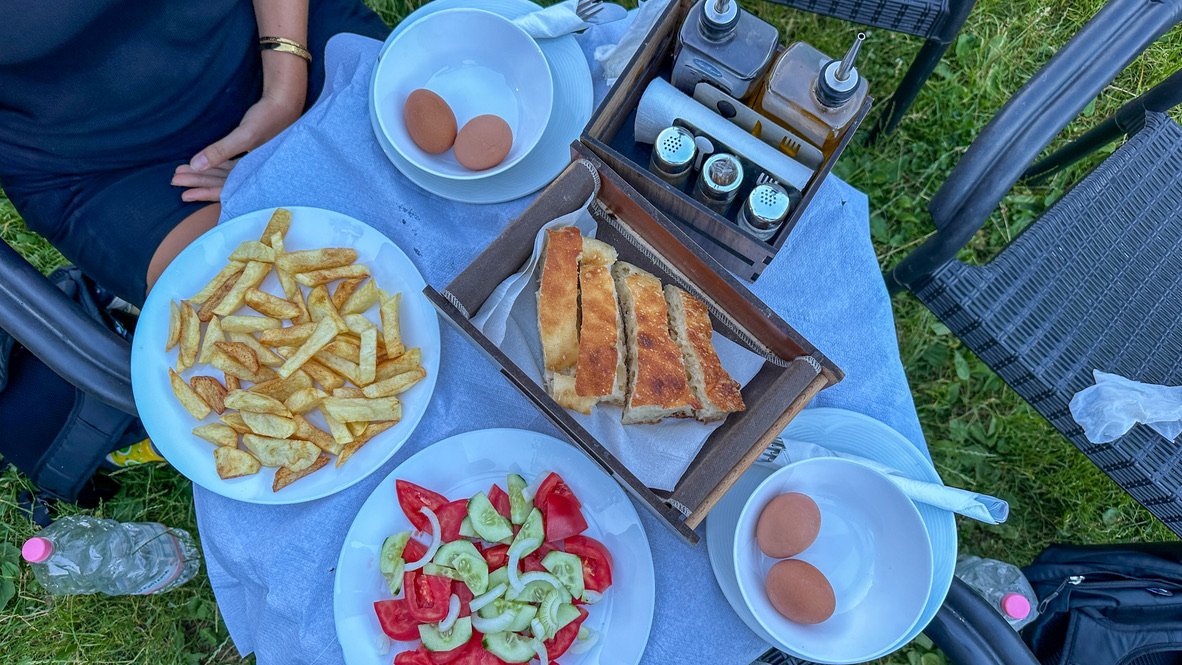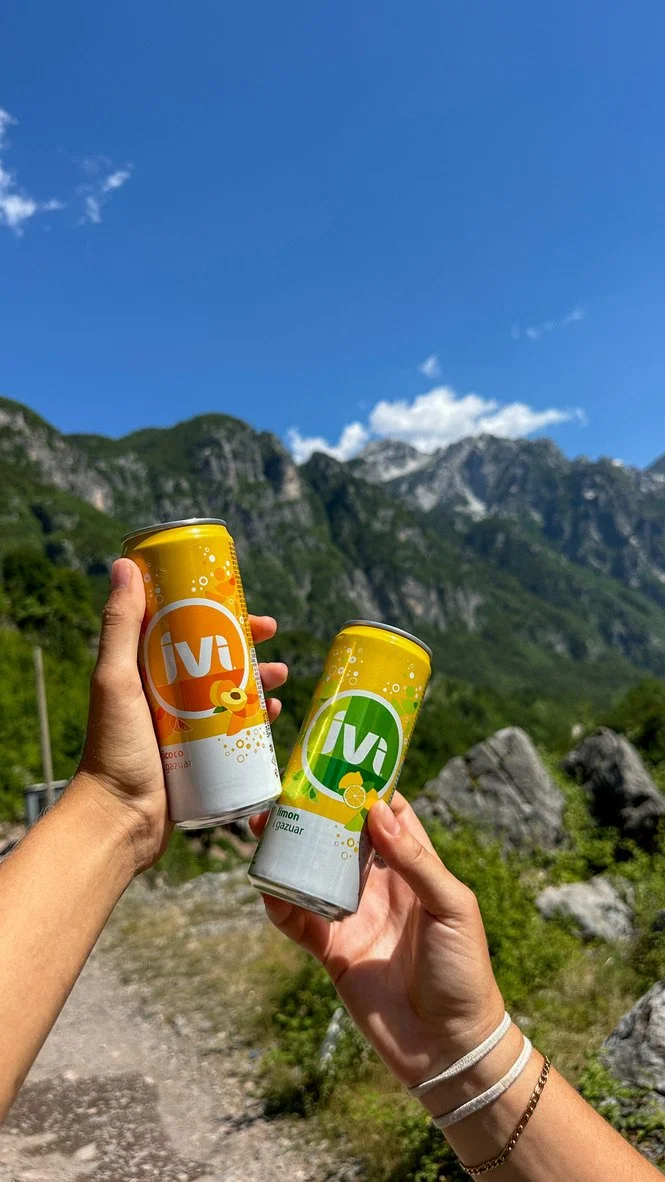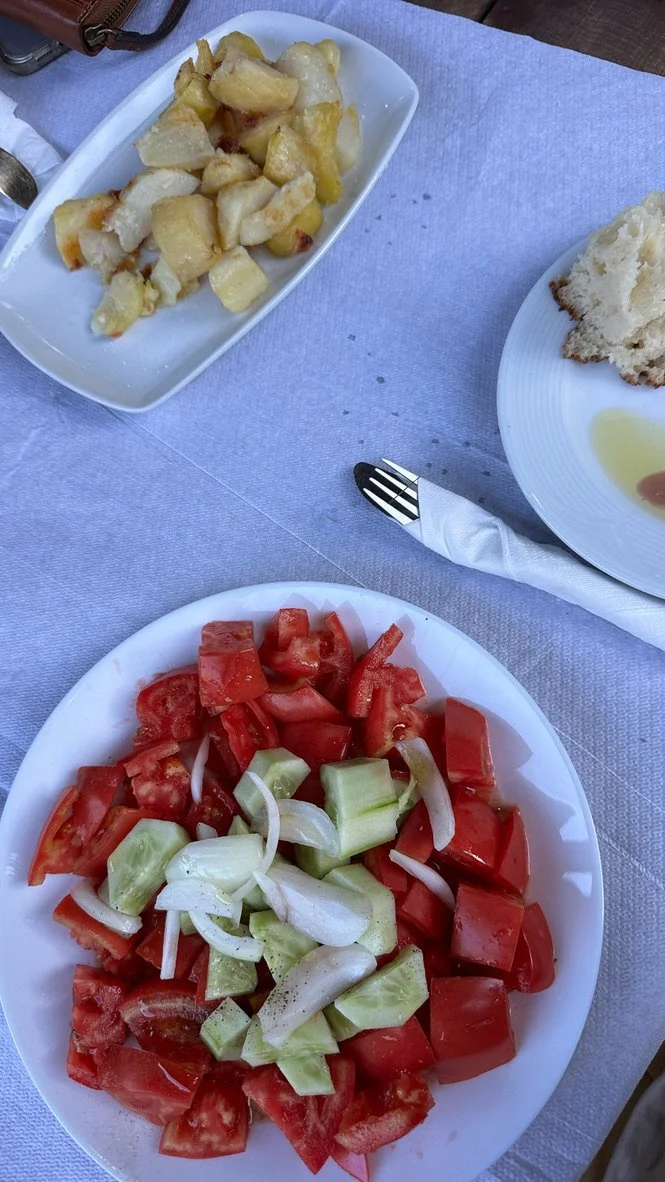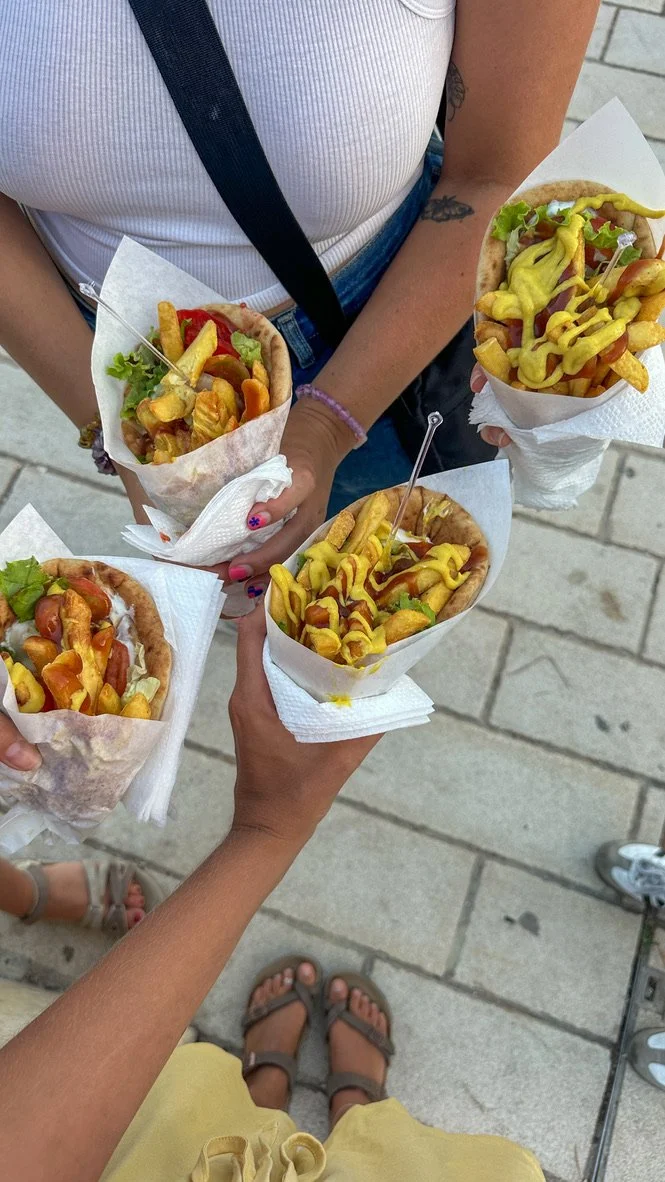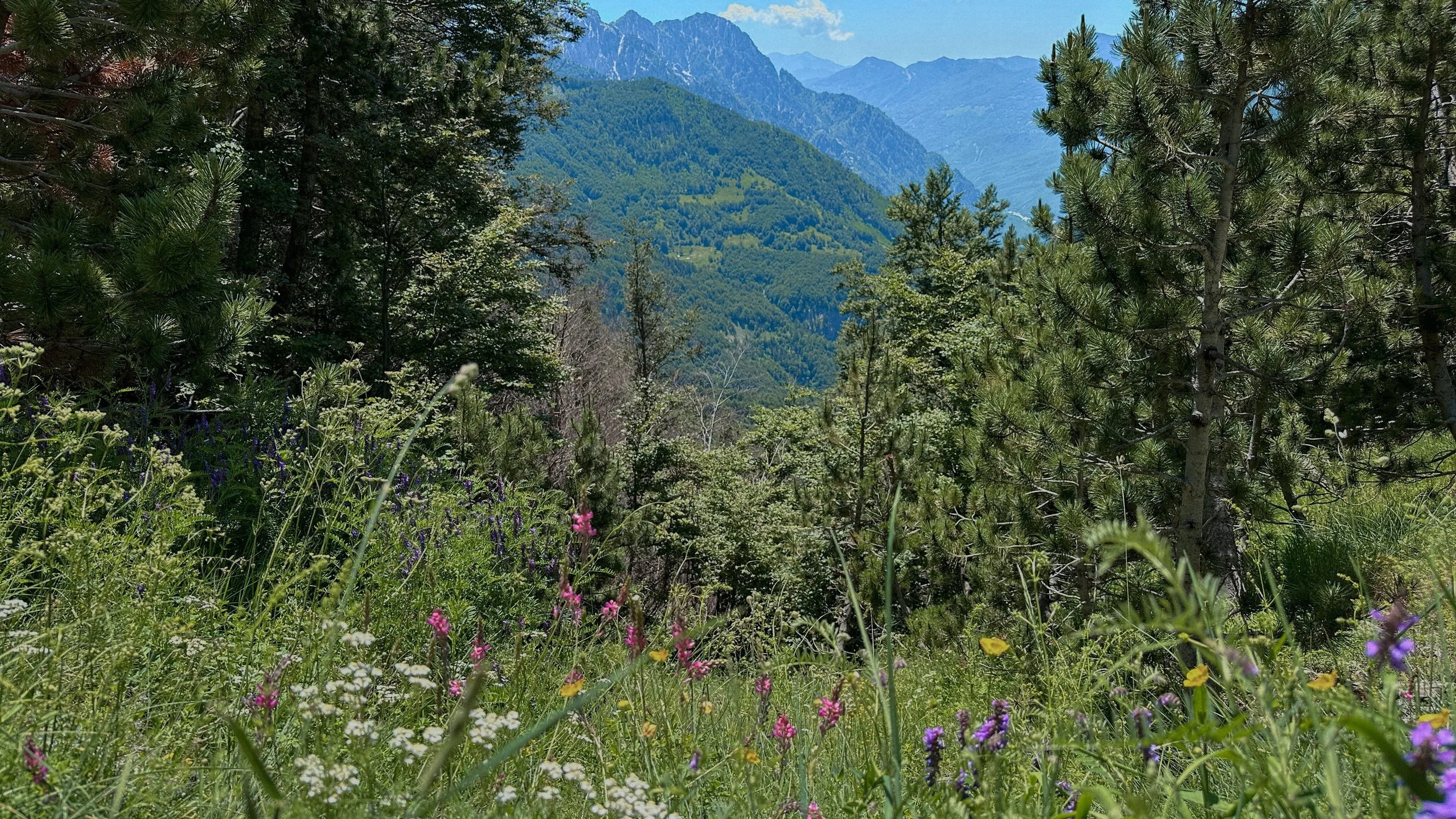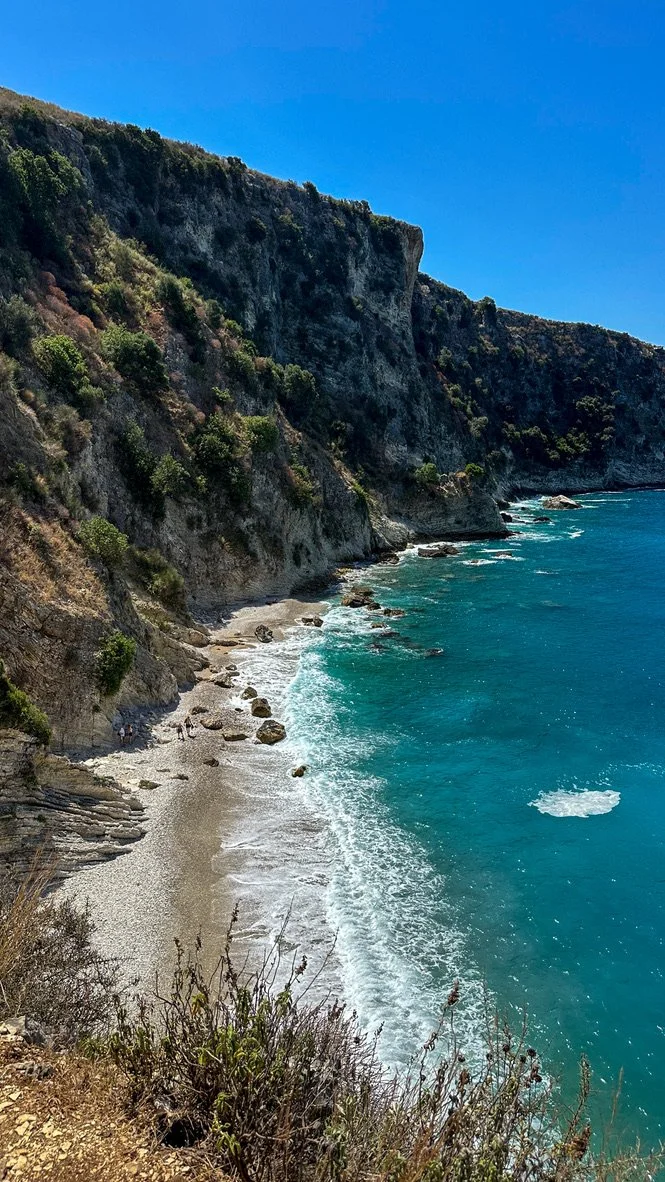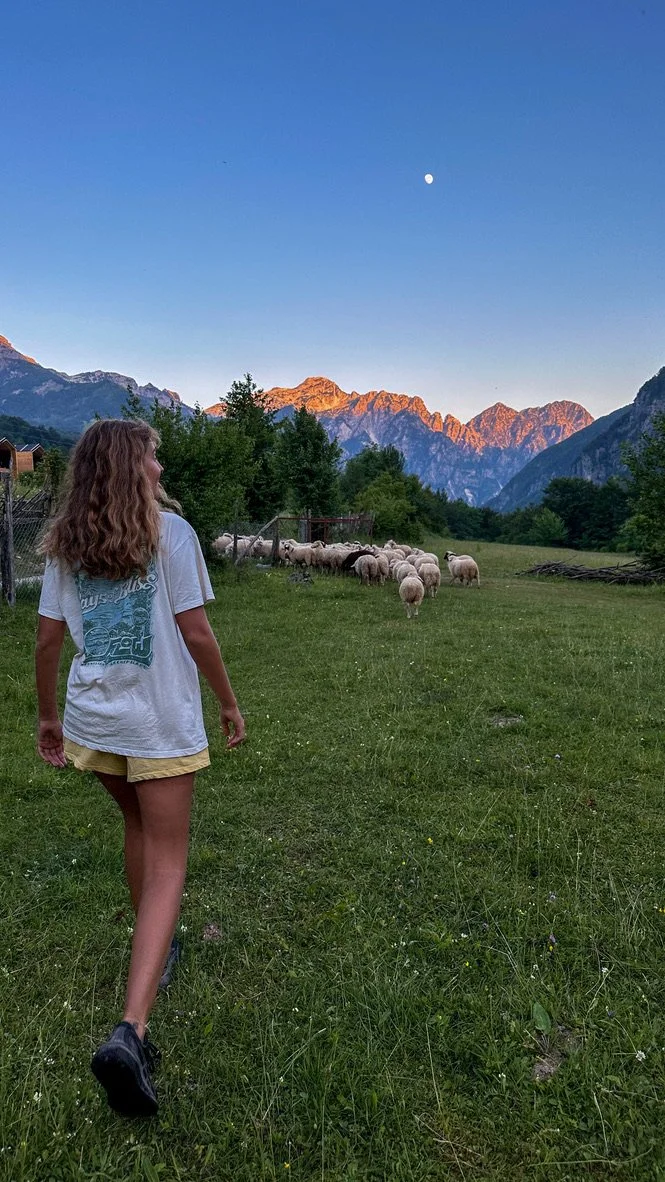The Ultimate Guide to Backpacking Albania
If you're craving a European adventure without the crowds or crazy prices, Albania should be at the top of your list. From rugged mountains and turquoise beaches to ancient ruins and vibrant cities, this underrated Balkan beauty has it all. Backpacking here means affordable hostels, hearty food, welcoming locals, and epic road trips along the Albanian Riviera. Whether you're hiking in the Albanian Alps, exploring the cobbled streets of Gjirokastër, or chasing sunsets in Ksamil — Albania is where adventure meets authenticity.
When to visit Albania
The best time to visit Albania is in late spring (May to mid-June) or early autumn (mid-September to early October). The weather is warm, the beaches aren’t too crowded, and it’s the perfect time to explore both the coast and the mountains.
If you’re looking to avoid the summer rush but still want good weather, the shoulder months of April and late October can also be a great choice. Things are quieter, and you’ll often find better deals.
Peak summer (July and August) is the busiest and hottest time of year. The beaches are beautiful but packed, prices go up, and temperatures can hit 35°C. If you’re not into crowds or heat, it’s best to skip this time—especially along the Riviera.
Winter (November to March) is quiet and cold, with snow in the mountains and fewer things open along the coast. It’s not ideal for beach time, but it can be great if you’re after a peaceful, local experience or want to explore Albania’s lesser-known ski spots.
How to get there
Getting to Albania is easier than you might think, with a few different options depending on where you’re coming from.
By Air
The most common way is to fly into Tirana International Airport (TIA). It’s well connected to major European cities like London, Rome, Vienna, and Istanbul. Flights are often affordable, especially if you book in advance or fly with low-cost airlines.
By Sea
Another popular route—especially if you're already in Greece—is to take the ferry from Corfu to Sarandë in southern Albania. It’s a short and scenic ride (about 30-60 minutes), and a great way to start your trip if you’re heading for the Albanian Riviera. Ferries run frequently in the summer months and are super straightforward to book.
By Land
If you’re traveling overland, you can also enter by bus or car from neighbouring countries like Montenegro, Kosovo, or North Macedonia. Border crossings are generally easy and the drives are beautiful, especially if you’re road-tripping through the Balkans
How to Get Around Albania
By Car
Renting a car is the best way to explore Albania. It gives you the freedom to reach beaches, mountains, and hidden spots that public transport can’t always access. The coastal and alpine drives are absolutely stunning, and having your own vehicle makes a road trip here feel like a true adventure.
🚗 Tip: Roads are improving, but expect the occasional pothole and some bold local driving!
By Bus
Albania’s buses are cheap, frequent, and go just about everywhere. They don’t usually run on strict schedules, but locals are super helpful, and the system works surprisingly well once you get used to it.
🚌 Best for: Budget-friendly travel between cities and towns without renting a car.
My Favourite Things to Do in Albania
Here are some of my top picks, ordered by location to help you plan your route:
Northern Albania
Valbonë to Theth Hike — One of the most epic hikes in the Balkans, winding through the breathtaking Albanian Alps with jaw-dropping views.
Blue Eye in Theth — A magical natural spring with icy blue water bubbling up from a deep cave, surrounded by lush forest.
Hike to Theth Waterfall — A rewarding short hike from Theth village to a beautiful mountain waterfall.
Ride Around Shkodër Lake — A peaceful and scenic way to experience northern Albania’s natural beauty and charming villages.
Southern Albania
Syri i Kaltër — An incredible turquoise spring located just out of Sarande, perfect for a refreshing dip after exploring the coast.
Boat Party in Sarandë — A fun way to enjoy the crystal-clear waters and vibrant nightlife with fellow travellers.
Aquarium Beach — A hidden coastal gem with clear waters and fewer crowds than the main Riviera beaches.
Filikuri Beach — A quiet, secret paradise great for peaceful mornings and stunning sunsets.
This route takes you from the wild north all the way down to the serene southern coast—Albania’s diversity at its best!
Food in Albania
One of the best things about Albania is the food — fresh, flavorful, and super budget-friendly. Whether you’re grabbing street food or sitting down at a local restaurant, you can enjoy traditional dishes without breaking the bank.
Don’t miss trying byrek (savory pies), tavë kosi (baked lamb with yogurt), and fresh seafood along the coast. And if you love sweets, Albanian desserts like baklava and revani will definitely hit the spot.
As a vegetarian, it can be a bit trickier, but I still found plenty of great options. I ended up cooking a lot myself since larger towns have plenty of markets and stores—even vegan cheese! Gyros were just 2 euros and i was getting gelato for only 50 cents! Most hostels offer breakfast. Think lots of fresh bread, eggs, jams, and seasonal vegetables.
Overall, eating well in Albania won’t cost you much, leaving more room in your budget for adventures.
How Much Time to Spend in Albania
Albania offers a lot to explore, from rugged mountains to stunning beaches and vibrant cities. If you’re short on time, a week is enough to hit the main highlights. But to really soak in the culture, nature, and laid-back vibe, spending around two to three weeks is ideal.
This gives you time to explore different regions without rushing—enjoy hiking in the north, relax along the Riviera in the south, and discover charming towns in between.
I spent 3 weeks in Albania, splitting my time about half in the north and half in the south, and it was the perfect balance to experience everything the country has to offer.
How Much Money Will I Need in Albania?
Albania is super affordable compared to much of Europe, making it a great destination for budget travelers. The local currency is the Albanian Lek (ALL), and while some tourist spots accept euros, it’s best to have leks on hand for markets, small shops, and rural areas.
ATMs are widely available in cities and larger towns, but can be scarce in remote areas, so it’s smart to withdraw cash when you can. Credit cards are accepted in many restaurants and hotels but not everywhere, so carry some cash just in case.
Prices for food, transport, and accommodation are very reasonable — expect meals for just a few euros, local buses for under a euro, and budget guesthouses for under €20 a night in many places.
Safety in Albania
Albania is generally a safe country for travellers, and I felt comfortable exploring both cities and remote areas during my trip (I even hitch hiked a few times). Like anywhere, common sense goes a long way—keep an eye on your belongings, especially in busy tourist spots, and avoid poorly lit areas late at night.
Petty theft can happen but isn’t widespread, and locals are mostly friendly and welcoming. Roads can be a bit challenging if you’re driving—watch out for unpredictable drivers and uneven road surfaces.
If you’re hiking in the mountains or visiting remote villages, it’s a good idea to let someone know your plans and check the weather beforehand.
Overall, Albania offers a safe and rewarding experience for curious travelers ready to explore off the beaten path.
